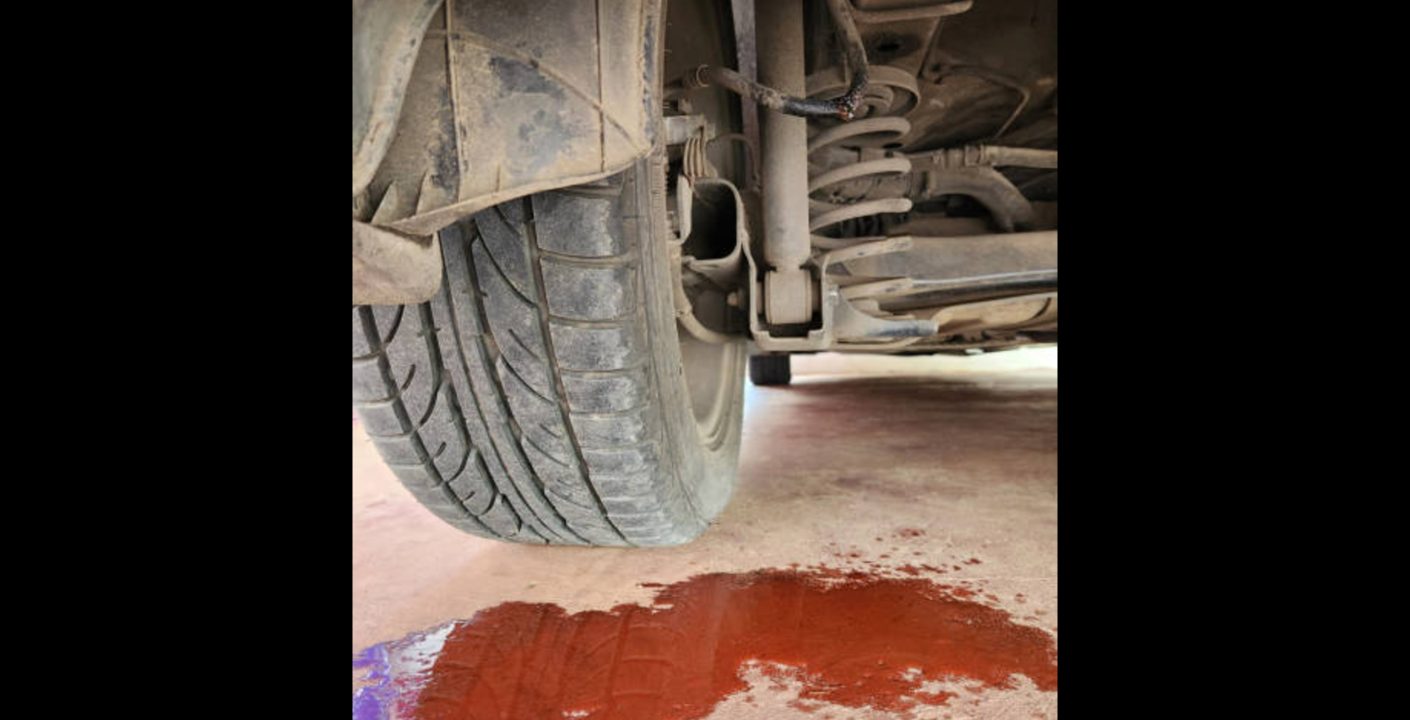Brake fluid leaks are a serious concern for any vehicle owner. As the lifeblood of your car’s braking system, brake fluid ensures that the pressure you apply to the brake pedal is effectively transmitted to your brakes. A leak can compromise your vehicle’s safety, leaving you at risk of brake failure. But what causes brake fluid leaks, and how can you address them? Let’s dive into the details.
Common Causes of Brake Fluid Leaks
1. Worn or Damaged Brake Lines
Brake lines carry fluid between the master cylinder and the brakes. Over time, these lines can become corroded or cracked due to exposure to moisture, road salt, and general wear and tear. Any damage to these lines can result in fluid leaks.
2. Faulty Master Cylinder
The master cylinder is a critical component that generates the hydraulic pressure needed for braking. A failing seal within the master cylinder can lead to fluid leaks, often evidenced by a puddle under the car near the firewall.
3. Damaged Brake Calipers or Wheel Cylinders
Brake calipers (for disc brakes) or wheel cylinders (for drum brakes) house the pistons that press against the brake pads or shoes. If these components develop cracks or if their seals wear out, fluid can leak at the wheels.
4. Loose or Worn Fittings
The connections between brake lines, calipers, and the master cylinder are secured by fittings. If these fittings become loose or their threads wear out, they can allow brake fluid to escape.
5. Damaged Brake Fluid Reservoir
The brake fluid reservoir holds the fluid before it enters the brake lines. Cracks or other damage to the reservoir can result in fluid seeping out, often noticeable as a slow leak.
Signs of a Brake Fluid Leak
- Low Brake Fluid Level: A steadily dropping level in your reservoir is a telltale sign.
- Soft or Spongy Brake Pedal: If the pedal feels less firm than usual, air might have entered the system due to a leak.
- Warning Light on Dashboard: Modern vehicles often have a brake warning light that illuminates if fluid levels are too low.
- Fluid Puddles Under the Vehicle: Brake fluid is typically clear or slightly yellow and has a slightly oily texture. It’s distinct from motor oil or coolant.
- Poor Braking Performance: Extended stopping distances or a lack of responsiveness are serious indicators of a problem.
How to Address a Brake Fluid Leak
1. Inspect for Visible Leaks
Check under your car for puddles and examine the brake lines, calipers, and reservoir for signs of fluid. Be cautious when inspecting brake components, as brake fluid is corrosive and can damage skin and paint.
2. Top Off the Brake Fluid
If your reservoir is low, add the appropriate type of brake fluid specified in your owner’s manual. This is only a temporary measure until the leak is repaired.
3. Replace Damaged Components
Depending on the source of the leak, you may need to replace brake lines, calipers, or seals. It’s best to have these repairs performed by a qualified mechanic unless you have the expertise.
4. Bleed the Brake System
After repairing the leak, bleeding the brakes is necessary to remove air from the system and restore proper hydraulic pressure.
5. Seek Professional Help
If you’re unsure of the source of the leak or lack the tools to repair it, consult a professional mechanic. Driving with a brake fluid leak is extremely unsafe.
Preventing Future Brake Fluid Leaks
- Regular Maintenance: Inspect brake lines and components during routine vehicle check-ups.
- Use Quality Parts: When replacing brake components, opt for high-quality, OEM (original equipment manufacturer) parts.
- Flush Brake Fluid Periodically: Old brake fluid can absorb moisture, leading to corrosion. Follow your vehicle’s recommended schedule for brake fluid changes.
- Protect Against Corrosion: If you live in an area with harsh winters or salted roads, wash your car’s undercarriage regularly to prevent corrosion of brake lines.
A brake fluid leak is not an issue to take lightly. Ignoring it can lead to complete brake failure, putting you and others on the road in danger. By understanding the causes, recognizing the signs, and addressing the problem promptly, you can ensure your vehicle remains safe and reliable.



